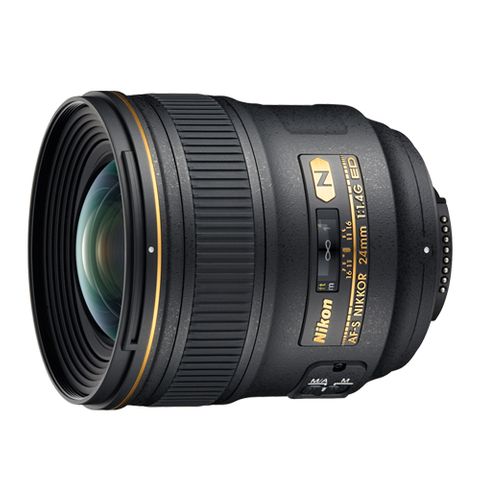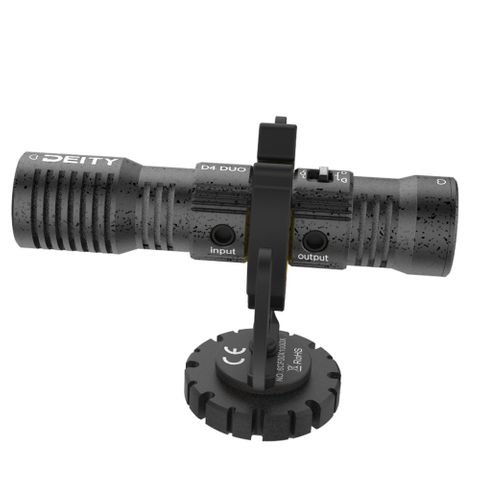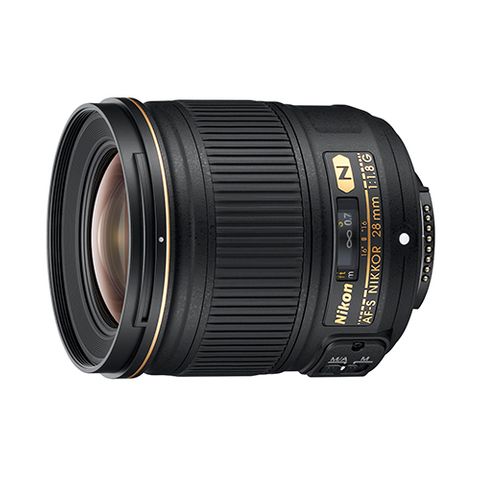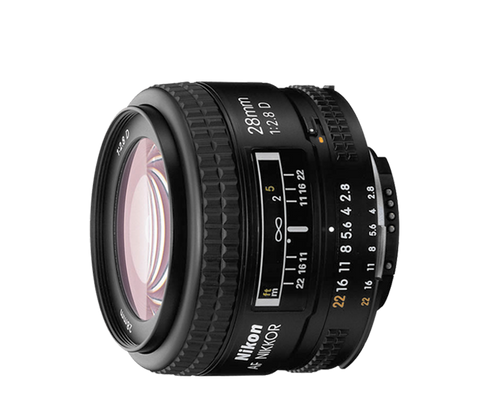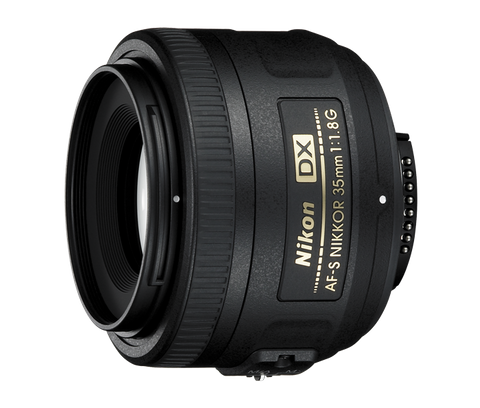Nikon AF-S 24mm F/1.4G ED Lens
Product Features:
Nikon AF-S 24mm F/1.4G ED Lens
Essential Add-On's we recommend
Description
Taking the classic wide-angle field of view and pairing it with an impressively fast design, the AF-S NIKKOR 24mm f/1.4G ED from Nikon is a versatile lens for a variety of subjects, ranging from landscape to nature to street photography. The f/1.4 maximum aperture excels in low-light conditions and also offers greater control over focus position for producing shallow depth of field imagery. The optical design features two extra-low dispersion elements and two aspherical elements, which minimize a variety of aberrations and distortions for improved clarity and sharpness. A Nano Crystal Coating has also been applied to suppress flare for improved contrast. Additionally, the Silent Wave Motor affords fast, near-silent autofocus performance along with full-time manual focus override.
- Wide-angle prime is designed for FX-format Nikon F-mount cameras, however can also be used with DX models where it provides a 36mm equivalent focal length.
- Notably fast f/1.4 maximum aperture suits working in low-light conditions and also enables greater control over depth of field for selective focus imagery
- Two extra-low dispersion glass elements are used in the optical construction to reduce a variety of chromatic aberrations and color fringing for a high degree of clarity and color neutrality.
- Two aspherical elements are featured to control spherical aberrations and distortion in order to produce notable sharpness and resolution.
- A Nano Crystal Coating has been applied to lens elements to minimize surface and internal reflections for a marked reduction in lens flare and ghosting.
- Silent Wave Motor affords quick, quiet, and precise autofocus performance along with full-time manual focus override. A rear focusing design is also used, where only the rear lens group is moved during focusing, to maintain the overall length of the lens during use and to promote faster focusing speeds.

